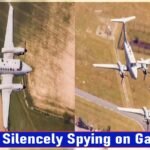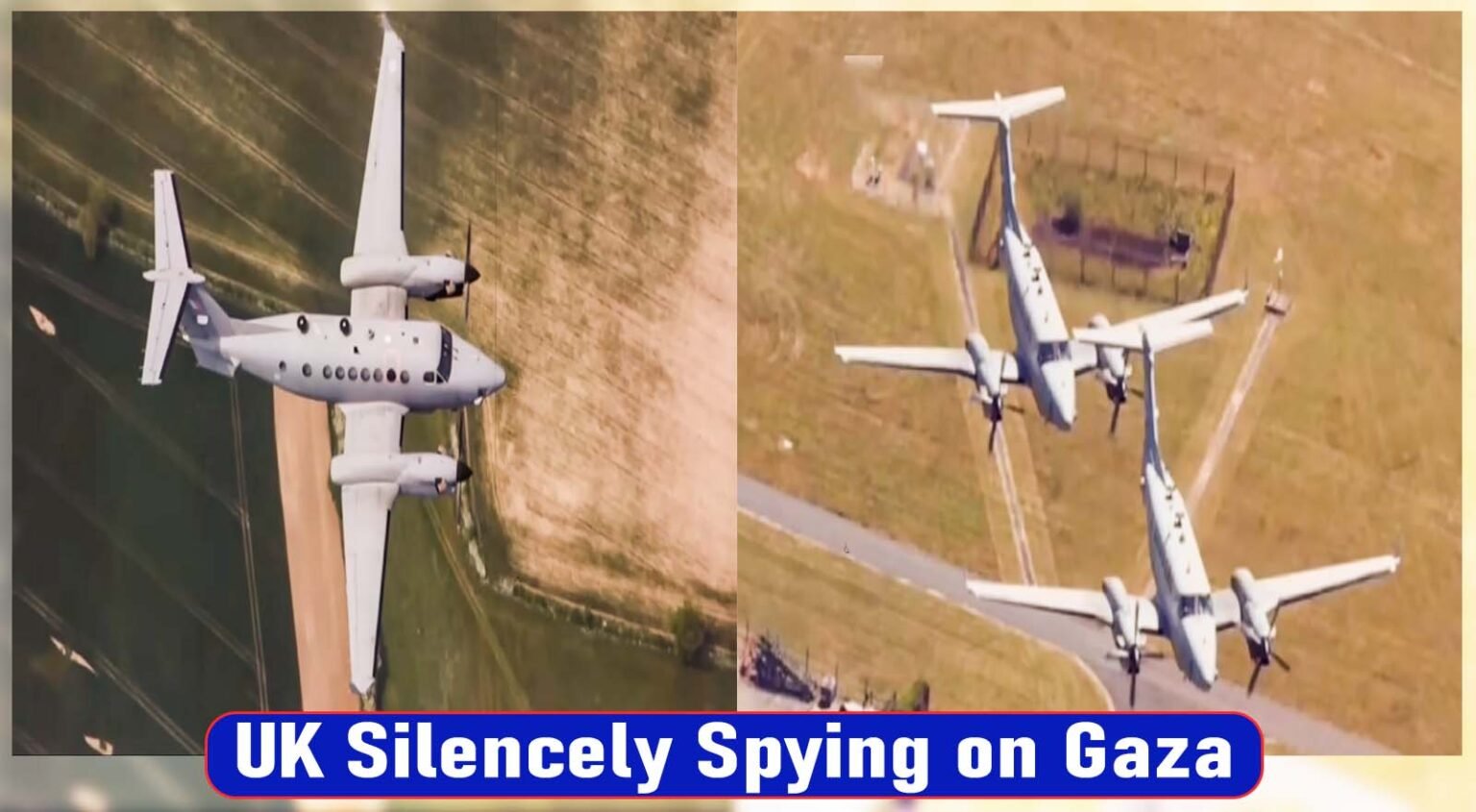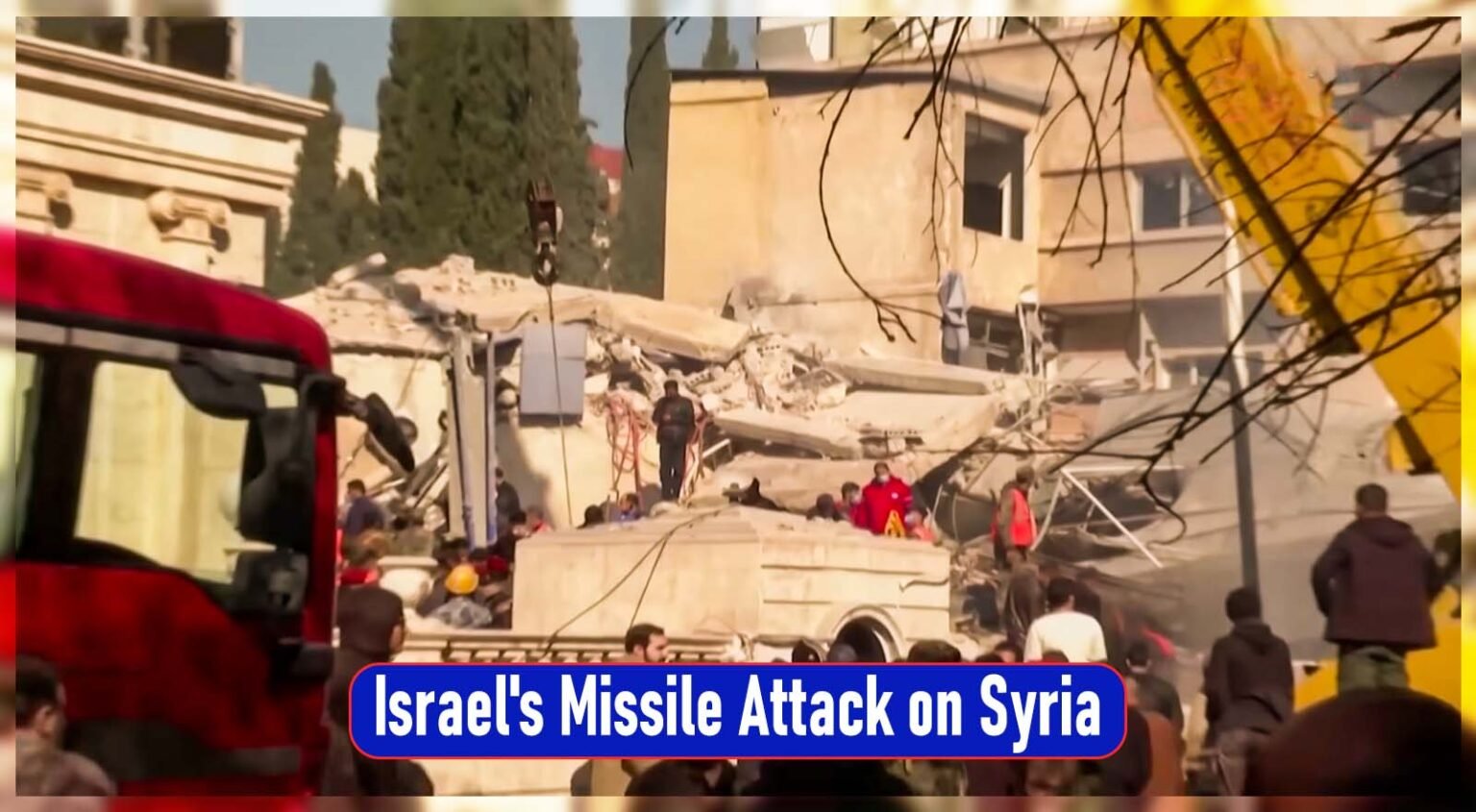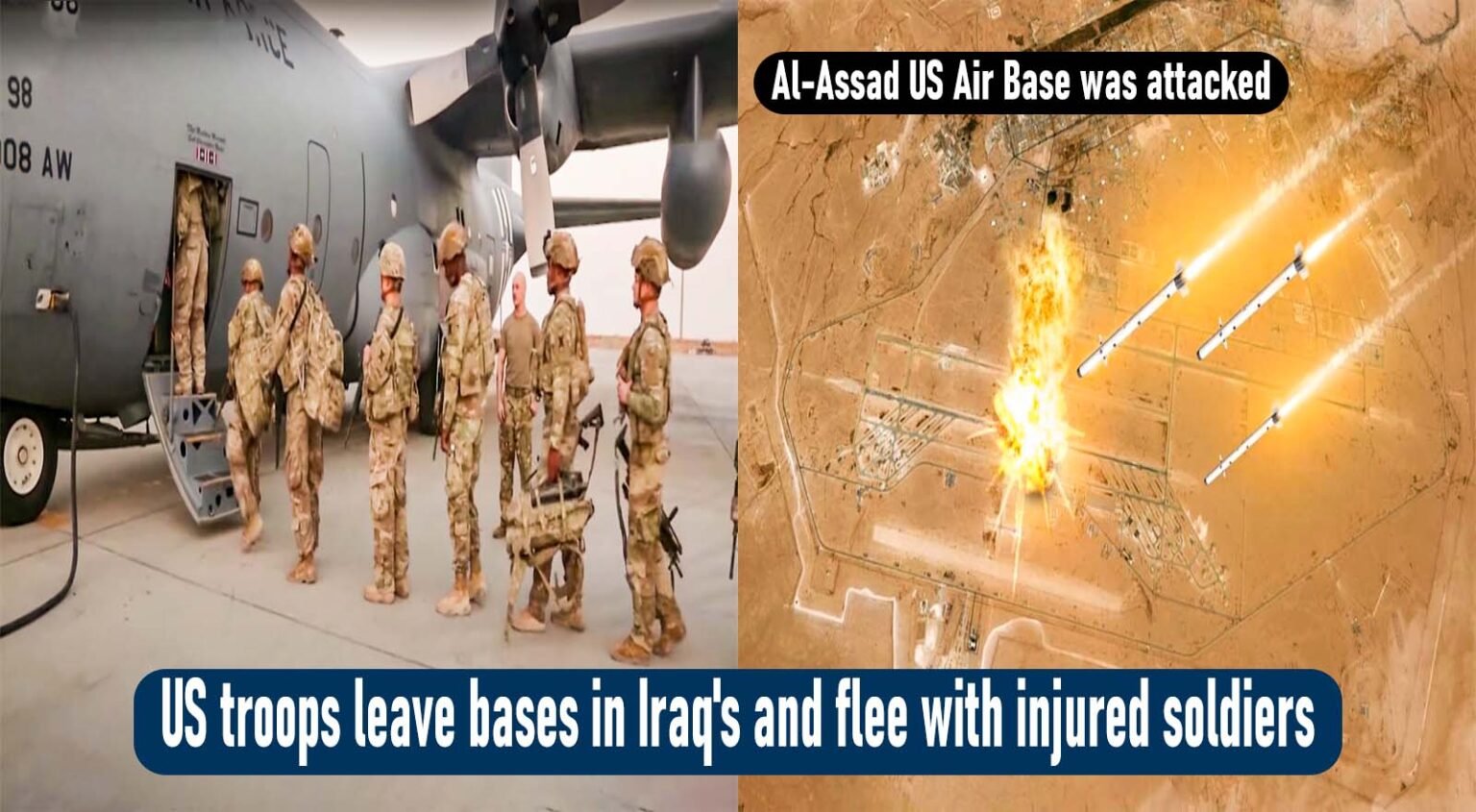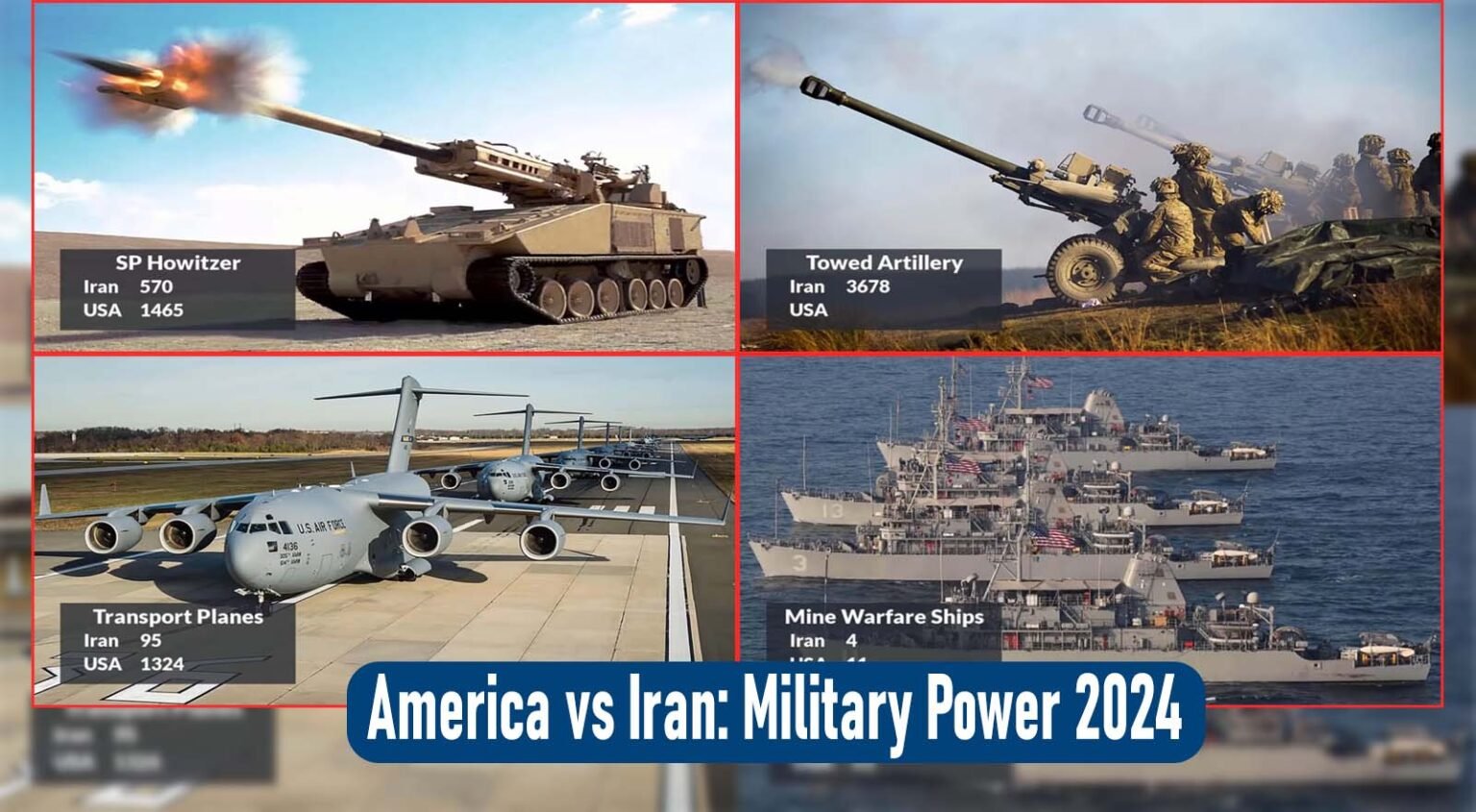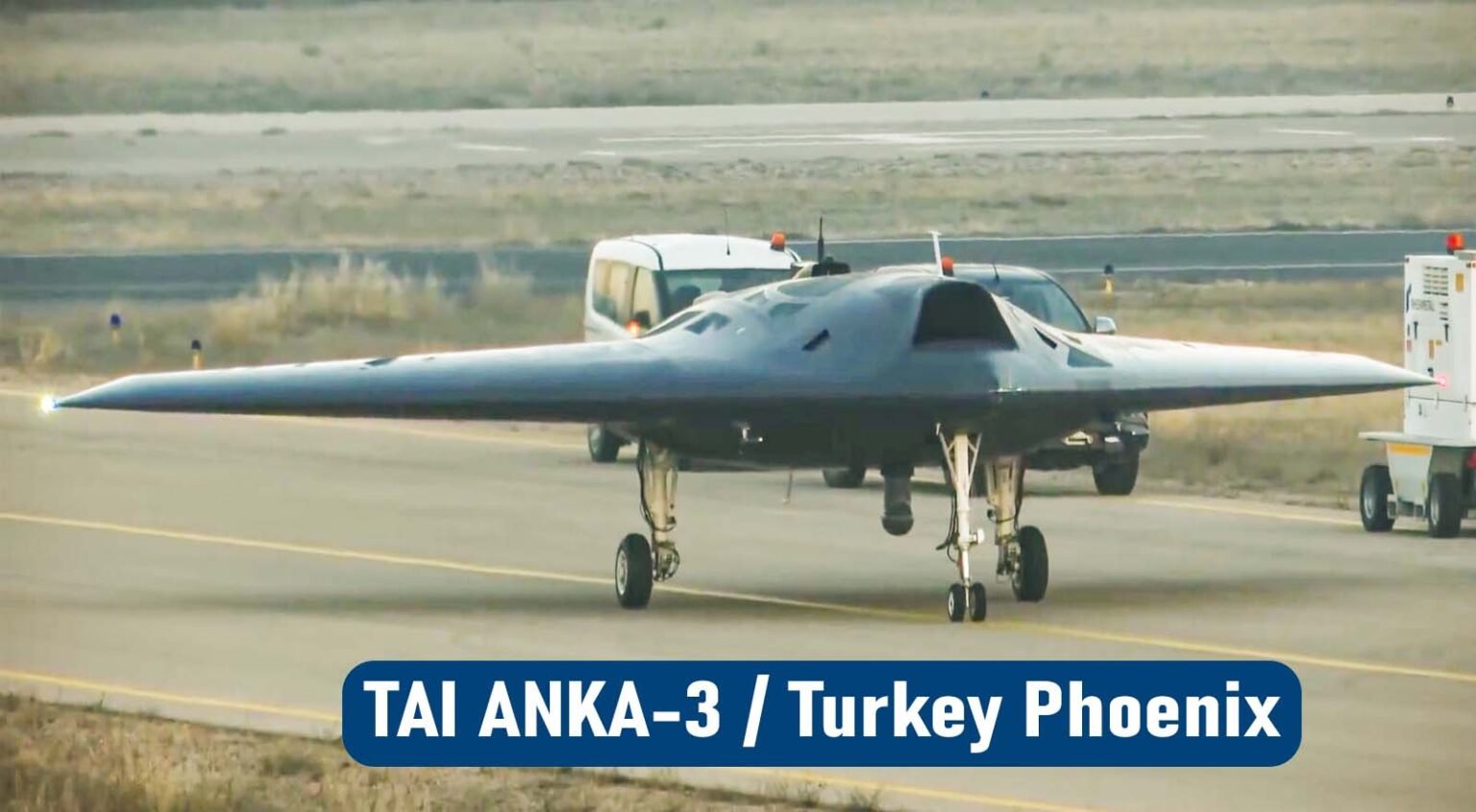The F-35 Lightning II, a fifth-generation fighter with multirole capabilities, is being developed as part of the Joint Strike Fighter program. The F-35 is now the mainstay of many countries’ defense arsenals. The F-35’s features, such as evolution, design and technology, variables and configurations, operational capabilities, challenges and controversies, success stories and mission accomplishments, and prospects, are discussed below-
The F-35 Lightning II: Evolution
The F-35’s development has been a unique adventure in military aviation, characterized by creativity, teamwork, and a dedication to pushing technological limits. The historical context and evolution of the F-35 program will be covered in detail in this part, along with significant turning points that have influenced the program’s course. Several significant turning points in the F-35 program’s history, shown in a table below-
| Milestone | Date | Description |
| Origins of the F-35 Program | 1993 | the start of the Joint Strike Fighter (JSF) program, which aims to create a next-generation, adaptable fighter aircraft. |
| First Flight of F-35 Prototype | 2006 | The F-35 prototype made a successful first flight, a significant milestone in the development process. |
| Full-Scale Development and Production | 2007-2011 | Overcoming technological obstacles and improvements, go from prototype to full-scale development. |
| Global Implementation and Cooperation | 2008 | global debut of the F-35, displaying partner contributions and international cooperation. |
| Operational Deployment Begins | 2015 | The F-35’s first operational deployment was made to evaluate the aircraft’s performance in actual operations. |
| Ongoing Technological Advancements | Continuous | Frequent upgrades and technical developments to maintain the F-35’s leadership in military aviation. |
The F-35 Lightning II: Design and Technology
The F-35 Lightning II is a technological marvel that personifies modern aviation. After years of research and development, its technology and design stretch the boundaries of what is conceivable in space. We’ll now look at some of the main characteristics that give the F-35 its remarkable power and unique appearance.
| Feature | Description |
| Stealth | Due to its distinct airframe and materials that absorb radar, the F-35 is extremely difficult to detect on radar, which gives it a significant tactical advantage. |
| Sensors | With its array of potent sensors, which includes radar, electronic warfare systems, and electro-optical targeting systems, the F-35 offers pilots unmatched situational awareness. |
| Integrated Network-Centric Warfare- | Network-centric warfare Integrated with Coordinated and deadly strikes is made possible by the F-35’s seamless information-sharing capabilities with other aircraft, ships, and ground forces. |
| Engine Technology | Improved thrust vectoring in the Pratt & Whitney F135 engine for increased efficiency and performance. |
| Electronic Warfare and Countermeasures | The array of advanced electronic warfare (EW) tools for threat identification, defense, and survival. |
| Capabilities related to intelligence, surveillance, and reconnaissance (ISR) | Integrated sensor suite for real-time data gathering and reconnaissance capabilities. |
The F-35 Lightning II: Variants and Configurations
The F-35 Lightning II has several versions to meet the operational needs of different military branches. This section explores several F-35 family configurations as listed in the table below-
| Feature | Description |
| F-35A (Conventional Takeoff and Landing) | The U.S. Air Force and its allies are intended to use the conventional takeoff and landing type. |
| F-35B (Short Takeoff and Vertical Landing) | For the U.K., the U.S. Marine Corps, and other users, a short takeoff and vertical landing variant is available, improving operational flexibility. |
| F-35C (Catapult Launch and Arrested Recovery) | Larger wings and improved landing gear on the carrier-based version allow for catapult launches and arrested recoveries on aircraft carriers. |
Unique Features of Each Variant:
F-35A:
Role: Primarily air superiority and ground attack.
Payload: Internal and external payload options.
F-35B:
Role: Versatile, with a focus on expeditionary and amphibious operations.
Capability: Vertical takeoff and landing for increased operational flexibility.
F-35C:
Role: Tailored for naval operations on aircraft carriers.
Design: Larger wings and tailhook for CATOBAR operations.
The F-35 Lightning II: Operational Capabilities
Due to its extreme effect, the F-35 Lightning II’s unparalleled operational capabilities are revolutionizing modern air combat. It’s also more than just a fighter plane. Let’s look at the table to see how these characteristics make the F-35 a formidable aircraft in the air-
| Feature | Description |
| Multirole Capabilities | 1. Adaptable performance in ISR, electronic warfare, air-to-ground, and air-to-air combat. 2. Flexible performance in electronic warfare, ISR operations, air-to-ground strikes, and air-to-air combat. |
| Interoperability with Allied Forces | 1. Integrating communication technologies to provide smooth coordination between coalition and NATO forces. 2. Promotes cooperative efforts with allied military groups by facilitating joint operations. |
| Electronic Warfare and Countermeasures | 1. Advanced EW suite for robust threat detection capabilities. 2. Sophisticated countermeasures contributing to the aircraft’s survivability. |
| Intelligence, Surveillance, and Reconnaissance (ISR) Capabilities | 1. Comprehensive sensor suite, including AESA radar and Distributed Aperture System (DAS). 2. Real-time data gathering and reconnaissance capabilities for heightened situational awareness. |
The F-35 Lightning II: Challenges and Controversies
Despite being a monument to technological achievement, the construction and use of the F-35 Lightning II have not been without challenge and disagreement. The primary topics that have generated debates and inquiries about this state-of-the-art fifth-generation fighter are examined in this section shown in the table below-
| Challenge/Controversy | Description | Potential Impact |
| High Cost | Concerns have been raised regarding the economics and the influence of the F-35 program, which is the most costly military program in history, on other defense spending. | increased financial strain that might make other military endeavors more difficult. |
| Technical Issues | Early on in the process, there were delays and technical difficulties that raised questions about operational readiness and reliability. | decreased aircraft availability and possible dangers while in use. |
| Geopolitical Considerations | Concerns over the development of the arms race and international tensions are raised by certain critics of the program, who contest its emphasis on projecting American military might abroad. | Increased international tensions, potential for military conflicts fueled by advanced weaponry. |
| Cybersecurity Concerns | Concerns regarding possible cyberattacks and weaknesses are raised by the F-35’s dependence on complex software and network integration. | systems that are compromised, information lost, control lost, or operational capabilities lost. |
| Supply Chain Complexity | When parts are produced across borders, there are worries regarding supply chain weaknesses and possible delays because of international relations. | reliance on overseas partners and possible delays in production schedules. |
The F-35 Lightning II: Success Stories and Mission Accomplishments
The F-35 Lightning II is renowned for its advanced technology, incredible agility, and mission success record. Let’s now some more notable achievements are given in the table below-
| Success Story | Description | Impact |
| Air Superiority Demonstrations | In simulated air combat exercises such as Red Flag, F-35As routinely perform better than older aircraft. | demonstrating superiority in air-to-air combat and improving aerial defense capabilities. |
| Strike Missions with Precision | As in Operation Inherent Resolve, F-35Bs carry out critical airstrikes against targets with little chance of collateral damage. | executing successful strikes, reducing deaths among civilians, and demonstrating the ability to target precisely. |
| Carrier Operations Success | Launching and landing on aircraft carriers such as the USS Abraham Lincoln, F-35Cs operate with seamless integration into carrier operations. | extending the operational range, improving the carrier’s ability to strike, and remaining covert while conducting carrier missions. |
| Global Collaborations and Integration | Israel demonstrates platform adaptability by successfully integrating its F-35I Adir variant | enhancing international defense networks, fortifying partnerships, and exchanging technology and knowledge. |
The F-35 Lightning II: Future Prospects
The F-35 Lightning II is still changing the face of air warfare today, but innovation and opportunity are always present. The future course of the F-35 program is examined in this section, with particular attention to upcoming improvements, possible new modifications, and the changing role of this sophisticated fifth-generation fighter, as follows –
| Future Prospect | Description |
| Upcoming Upgrades and Enhancements | 1. Introduction of cutting-edge technologies to enhance overall capabilities. 2. Continuous software updates for performance optimization and threat adaptation. |
| Role in Future Air Force Strategies | 1. Pivotal role in integrated air force strategies, contributing to joint operations. 2. Facilitation of network-centric warfare for more coordinated military operations. |
| Environmental Considerations | 1. Efforts to enhance environmental sustainability, exploring fuel efficiency measures. 2. Integration of green technologies in line with evolving environmental standards. |
| Global Strategic Partnerships | 1. Continued collaborations with international partners for technological advancements. 2. Potential joint development initiatives for next-generation fighter capabilities. |
Finally, The F-35 Lightning II is way more than just a regular airplane. It’s like a symbol of moving forward, working together, putting in effort, and being able to change when needed. The F-35 shows us that when people team up and think really hard, they can make things work up in the sky, even with all the tough stuff happening in the military. Even though there were some tough times and cool things ahead, the F-35 is all set to keep flying into the future. It’s like a superhero of the skies, making a mark that says, “We’re ready for anything!”


